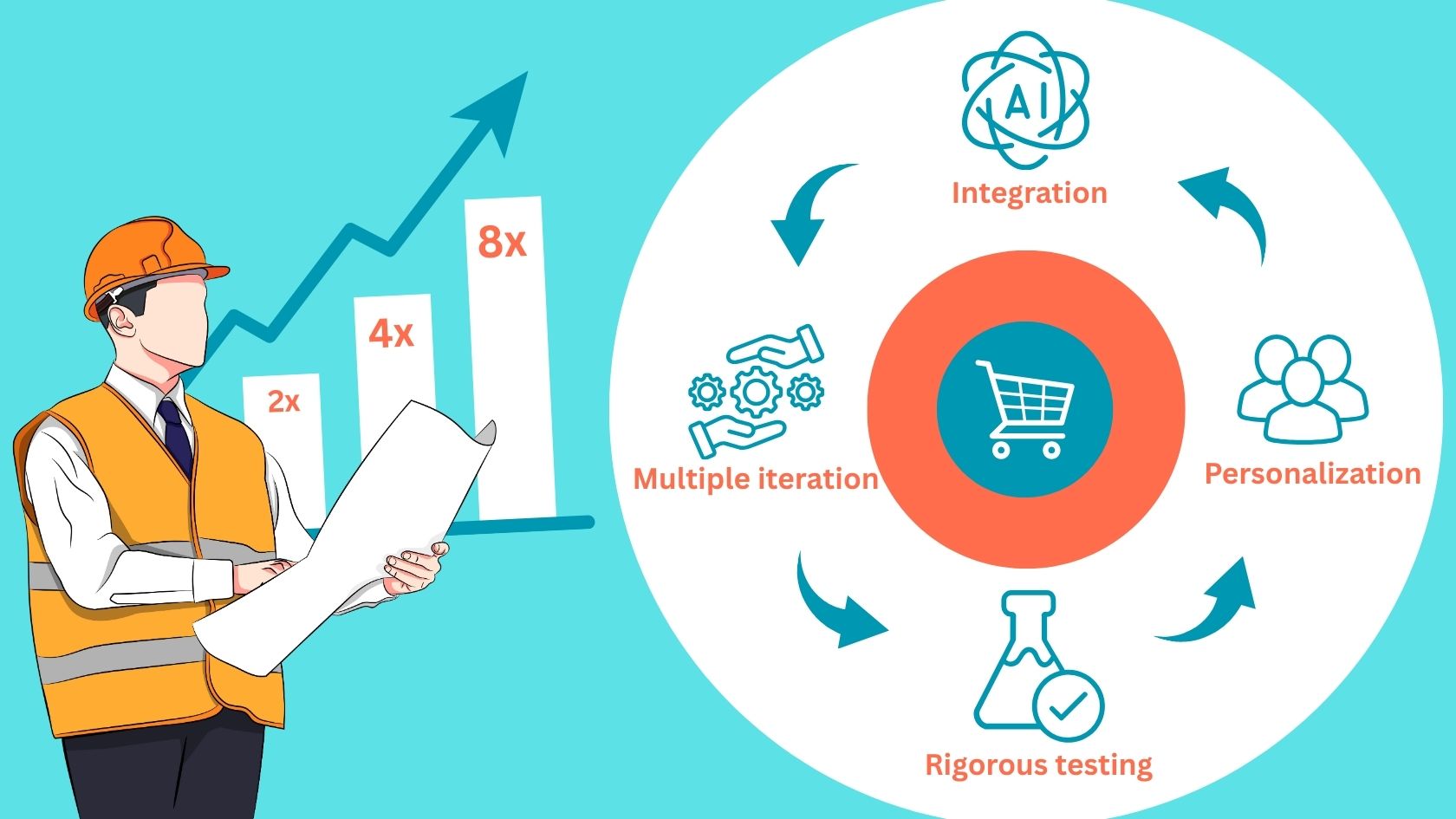
Why 70% of Your Potential Customers Leave Before Buying — and How Growth Engineering 2.0 Can Stop It
Here’s the harsh reality: even if your marketing is solid and your product is excellent, 7 out of 10 potential customers will abandon your site or app before completing their purchase. It’s not random; it’s because something in your marketing approach, messaging, or user experience failed to connect at the right moment.
It is no longer unusual in 2025; it has become the norm. In fact, 8 out of 10 businesses see visitors click an ad, browse a catalog, and vanish, sometimes reappearing weeks later, often never returning at all. Even the best remarketing campaigns can fall flat because customer needs shift fast.
There’s no magic “one-click fix,” but there is a more innovative, data-driven approach to minimize customer abandonment: Growth Engineering 2.0. This strategy combines Predictive Machine Learning (ML) with cross-channel optimization to anticipate behavior, track results in real-time, and adapt your funnels before you lose the sale. Pair it with ongoing A/B testing, and you won’t just react to customer behavior, you’ll influence it.
Keep reading to discover how Growth Engineering 2.0 can transform your digital funnels and dramatically reduce customer abandonment.
Understanding Growth Engineering 2.0
Growth Engineering 2.0 is the evolution of the traditional growth funnel. Think of Growth Engineering 1.0 as a skilled sailor navigating with a map and compass, reliable, but slow to react when the weather changes. Growth Engineering 2.0 is the modern upgrade. Now the sailor has GPS, live weather radar, and autopilot to overcome the worst odds. Instead of reacting to storms when they arrive, they can steer away before the clouds even form.
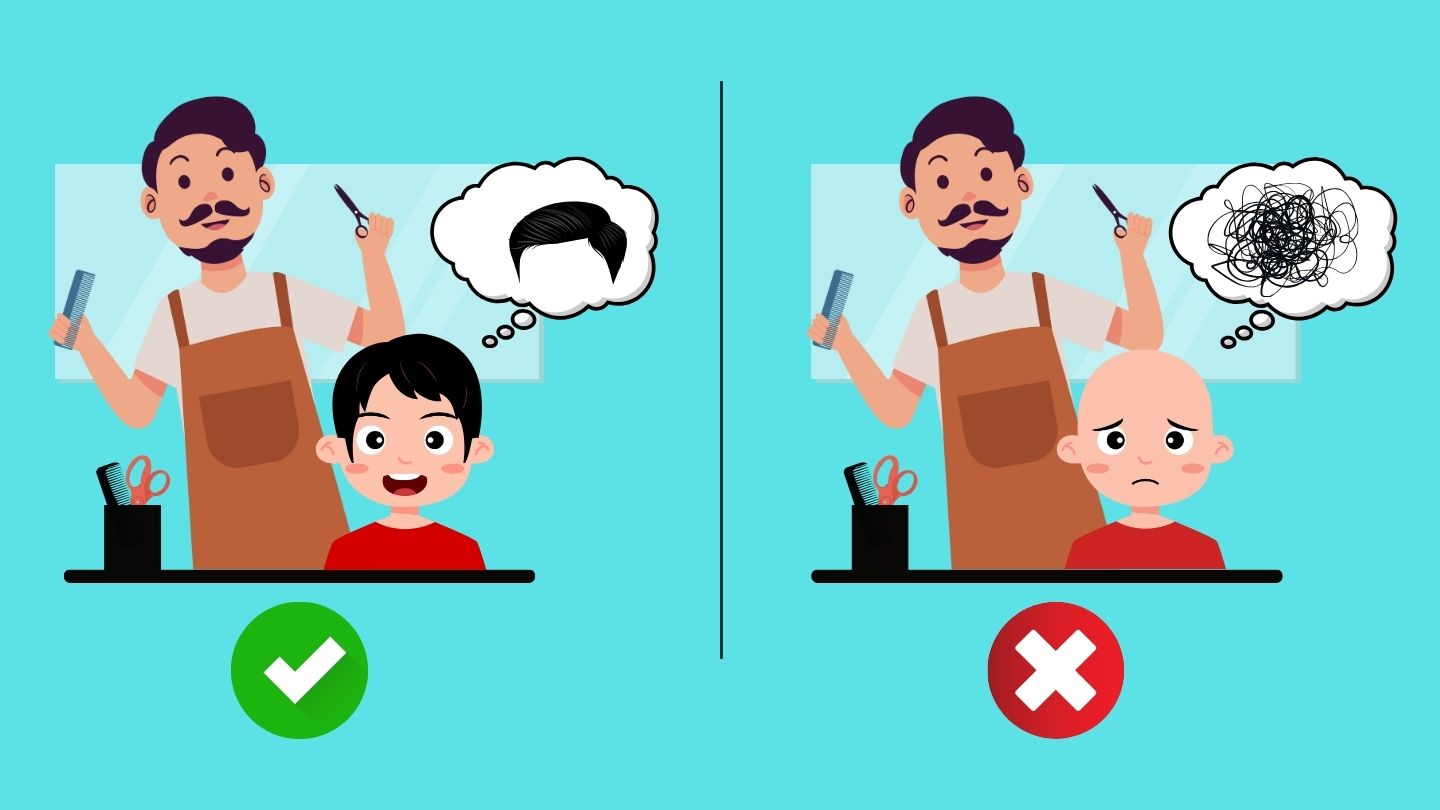
Instead of reacting to what happened last month, Growth Engineering lets you predict what will happen next and optimize your funnels across all channels in real-time. It means your ads, emails, and on-site experiences adapt instantly based on the user’s next likely move, not just their past clicks.
In simple terms, you will transition from reactive decision-making to real-time marketing and iterative optimization, ultimately achieving the desired results.
1. Predictive Machine Learning in Decision Making
Predictive machine learning, as an integral part of Growth Engineering 2.0, utilizes historical data, real-time user signals, and statistical models to forecast future behaviors and events. It is the same calculated approach used by stock traders, economists, and successful e-commerce companies like Amazon and Netflix.
For example, Netflix’s recommendation engine, which is powered by predictive ML, is responsible for driving 80% of viewing activity.
Predictive ML might sound complex, but at its core, it is about learning from data to make informed predictions about what a user is likely to do next. What sets Netflix apart is that instead of waiting for weeks to analyze old data, it uses up-to-the-minute behavior to adjust marketing in real-time.
Here are three primary predictive models used in Growth Engineering 2.0.
|
Model Type |
What It Does |
Why It Matters |
Example in Action |
|
Propensity Models |
Predict the likelihood of a customer taking a specific action (purchase, churn, upgrade). |
Helps you focus resources on the right audience, increasing efficiency and ROI. |
“User A has an 80% chance of buying a subscription in the next 3 days — send them a targeted offer now.” |
|
Uplift Models |
Identify customers whose behavior is likely to change as a result of your marketing efforts. |
Avoids wasting budget on customers who would have bought anyway. |
Target only those who need an extra nudge to convert, instead of offering discounts to guaranteed buyers. |
|
Multi-Armed Bandits |
Continuously test and adapt traffic distribution between multiple versions in real time. |
Maximizes conversions by sending more traffic to winning variations sooner. |
If Version B is converting 20% better, send it more traffic immediately instead of waiting for an A/B test to end. |
With these tools combined, you will have a magic formula to nudge each person toward making a purchase.
2. A/B Testing to Validate Predictive ML Results
A/B testing has been the backbone of digital marketing for years. It helps you determine which messaging or design works better by comparing two versions, and it also works similarly to validate predictive ML results.
By combining A/B testing with predictive ML, you turn your funnel into a dynamic learning system.
|
Benefit |
What It Means |
Why It’s Powerful |
Example in Action |
|
Faster Insights |
Predictive models target tests toward users most likely to respond. |
Reduces testing time and delivers actionable results sooner. |
Instead of waiting 4 weeks for enough data, see clear trends in days by focusing on high-probability converters. |
|
Personalization at Scale |
Moves beyond a single “winning” variation. |
Delivers the correct version to each segment or individual for maximum impact. |
One visitor sees a premium upsell, another considers a discount — both get what’s most likely to convert them. |
|
Continuous Optimization |
Funnels adapt in real-time as new data arrives. |
No downtime between tests — marketing evolves on the fly. |
If user preferences shift mid-campaign, the system pivots instantly to match them. |
For example, a streaming service used this approach to test two subscription offers. Instead of waiting for the whole test to finish, their predictive system gradually sent more users to the better offer, increasing revenue by 14% in just one month.
However, it has some limitations.
- Validating A/B results might take time, where tests can last weeks or even months before you get a confident answer.
- Testing variations of ads and landing pages may require running too many A/B tests.
- Once a test ends, it doesn’t learn or adapt unless you start a new test.
How Enterprises Can Master Growth Engineering 2.0
The idea of combining predictive machine learning with cross-channel marketing sounds powerful. However, making it work for your business is an insightful journey.
A push notification rolled out by Spring, a food delivery app, helped secure repeated orders and make an additional $1.5 million annually. A small yet significant growth hack allowed it to make a successful experiment.
Remember not to overhaul everything at once. By taking thoughtful, clear steps, you can build a system that grows stronger over time.
Let’s break down how enterprises can start this transformation with practical, manageable steps:
Step 1: Collect and Unify Your Data
Before you can predict or optimize, get a complete picture of your customer’s journey.
And for that, the most critical foundation is data. Why? Because predictive models learn from data. However, if your data is fragmented or inconsistent, your insights will be flawed.
In today’s digital platforms, customers interact with your brand in many places by clicking ads on social media, opening emails, browsing your website, using your app, and eventually making purchases.
Each of these actions generates valuable data.
- Your ad platform tracks clicks and impressions.
- Your email service monitors open and click rates.
- Your website analytics log page shows visits and events.
- Your CRM stores customer profiles and purchase history.
What does data unification look like in practice?
You have to bring together all interactions your customers have with your brand. Clicks on social media ads, website visits, email opens and clicks, app usage, offline purchases, customer support interactions, and more.
Often, these data points are stored in various systems, including Facebook Ads Manager, Google Analytics, email marketing tools, CRM systems, and product databases.
However, the challenge is that these datasets are rarely connected, meaning your systems don’t “know” when the same person is interacting with your brand across different channels and devices.
For example, your email system might send a discount offer to someone who has already purchased your app, wasting resources and irritating customers.
Here is the solution to this problem
- Use a Customer Data Platform (CDP) or a unified data warehouse that collects, cleans, and stitches data together into a single customer profile.
- Assign unique user IDs across channels, often using email addresses, device IDs, or login information.
- Prioritize data quality by regularly auditing for missing or duplicate data and ensuring all teams contribute consistent information.
- Stay compliant with data privacy laws, such as GDPR or CCPA, by obtaining explicit user consent and providing clear opt-out options.
Step 2: Build Your First Predictive Model
With unified data in place, the next step is to create a simple predictive model that focuses on a key business outcome. It means predicting the likelihood that a customer will take a significant action, such as making a purchase or upgrading a subscription.
Why start with a small predictive model?
Building a full suite of models at once can be tempting, but creating a supermodel from the outset may lead to complexity and confusion.
Instead, pick one behavior that directly impacts your revenue or retention and use historical data to train the model.
For example, examine your customers from the last month and identify patterns in their click behavior, visits, and email interactions.
Here is another practical example: A retailer builds a model to predict the likelihood of a purchase within the next 7 days. Customers with scores above 0.7 receive special offers, while those with scores below 0.7 receive nurturing content.
With this, the marketing team could easily focus on where they will have the highest return, rather than casting a wide net.
Step 3: Integrate Predictive Scores with Your A/B Testing
Once you have a predictive score, it is time to rethink your A/B tests.
The more innovative way is to use your propensity scores to segment your audience. For example, test the new messaging system primarily on users who are most sensitive to changes, because if they convert, it will be easy for others.
This approach yields faster and more precise results because it tests where the signal is strongest.
Moreover, you can also personalize the test by showing variant A to high-propensity users and variant B to medium-propensity users and then compare the outcomes.
Benefits of Score-Based A/B Testing
- Faster learning cycles: You spend less time waiting for tests to finish because you focus on the most impactful audience segments.
- More personalized insights: You gain knowledge of what works best for different groups, which informs future personalization efforts.
- Better ROI: You reduce wasted ad spending and marketing budget by focusing tests on receptive users.
Step 4: Apply Real-Time Optimization with Bandit Algorithms
Traditional A/B testing can only tell you what worked after the test ends, but markets, customer preferences, and other factors may continue to evolve, making it increasingly challenging to test results.
Growth Engineering 2.0 addresses this issue by utilizing multi-armed bandit algorithms that continuously learn and optimize campaigns in real-time.
What makes bandit algorithms powerful?
- They start by testing all options more or less equally.
- As data accumulates, they “shift” traffic toward the best-performing variants automatically, without waiting for the entire test to finish.
- They keep exploring new variants occasionally, ensuring you don’t miss emerging winners.
How does this benefit enterprises?
- Campaigns remain fresh and align with evolving customer preferences.
- You avoid losing potential revenue by sticking to underperforming versions longer than necessary.
- You reduce lost revenue caused by slow decision-making.
- Resources are allocated dynamically to maximize returns.
- Your campaigns become more efficient and customer-centric.
Step 5: Coordinate Messages Across All Channels
The final, crucial step is orchestrating your marketing efforts across channels so they feel unified to the customer.
Without coordination, a customer might encounter unreasonable situations, such as a 15% off coupon in an email, a “welcome offer” pop-up on the website, and a retargeting ad for the full-price product.
Customers want a smooth experience, and these kinds of confusion can hurt sentiments, reduce trust, and negatively impact conversion rates.
How to coordinate cross-channel messaging?
- Use your unified customer data and predictive scores as the primary data for all channels.
- Build automated workflows or rule-based engines that manage timing and content delivery. For example,
- If a customer redeems a discount on your app, pause similar email offers for a defined period.
- If predictive models indicate that a user is at risk of churning, prioritize retargeting ads over generic newsletters.
- Maintain effective communication between teams by managing various channels to achieve goals and implement strategies.
Growth Engineering 2.0 Tools & Models
The role of AI is greater in Growth Engineering 2.0 because one or more tools rely on Agentic AI and machine learning models. For instance, leading audiences through chatbots towards form fill-ups is often the quickest way to score a purchase, and Agentic tools like ChatGPT or Zapier excel in this area.
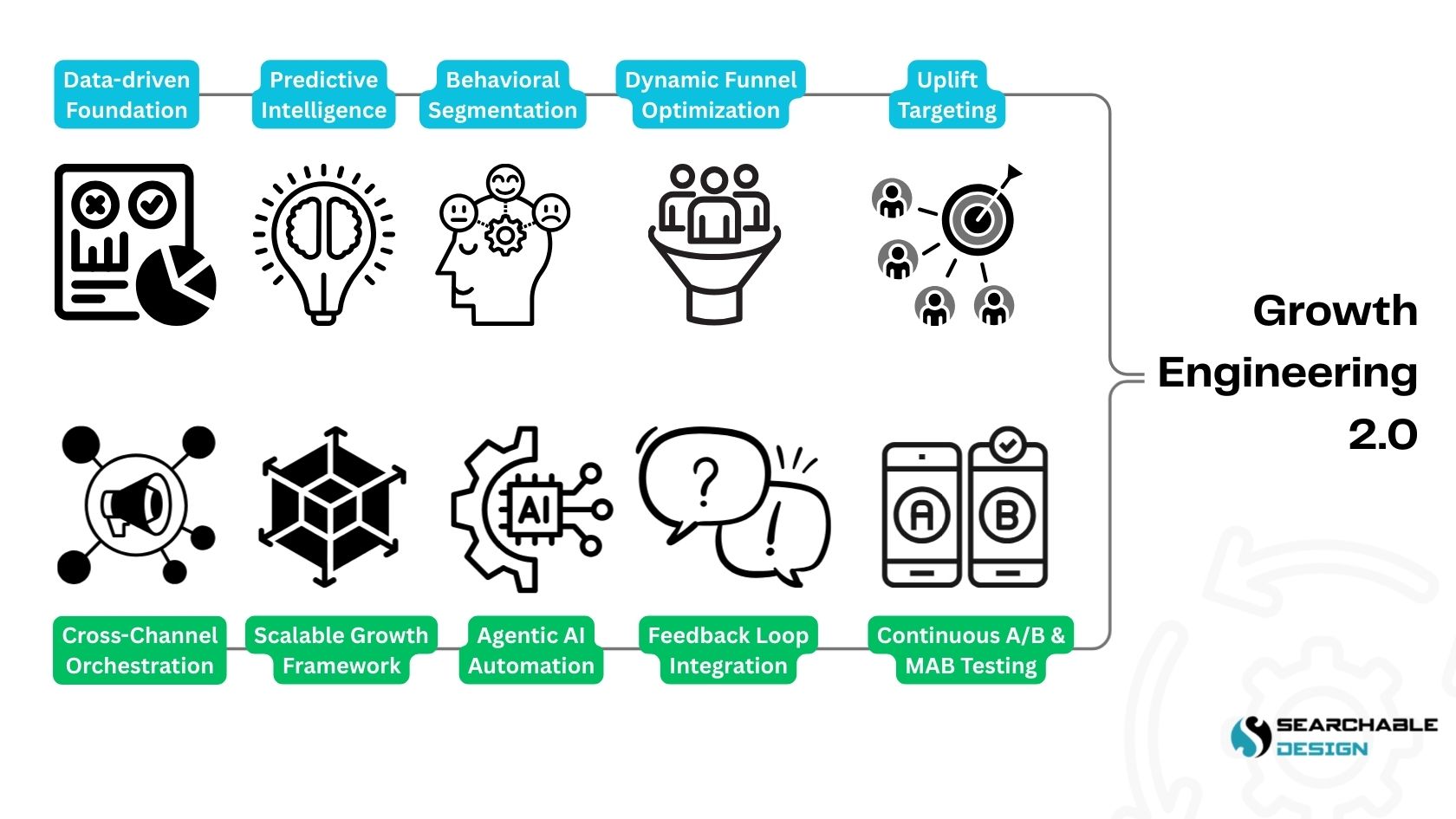
Here, we have summarized the list of essential AI tools and models, along with their purposes and uses, to help you integrate Growth Engineering 2.0 into enterprises.
|
Tool and Model |
Purpose |
How Enterprises Can Use It |
|
Predictive Machine Learning Models |
Anticipate customer actions (purchase, churn, engagement drop). |
Forecast high-intent leads, prioritize outreach, and time offers for maximum conversion. |
|
Multi-Armed Bandit Algorithms |
Real-time optimization of marketing variations. |
Dynamically allocate traffic to top-performing ads, landing pages, or email creatives without waiting for A/B test completion. |
|
Uplift Modeling Platforms |
Identify customers whose behavior can be influenced by marketing. |
Reduce wasted spend by targeting only those who need an extra push to convert. |
|
Agentic AI Journey Orchestrators |
Automate decision-making across channels using real-time customer signals. |
Coordinate personalized messaging on web, email, chat, and ads to keep customers moving toward conversion. |
|
Cross-Channel Analytics & Attribution Tools |
Connect data from multiple platforms into one actionable view. |
Attribute revenue accurately across touchpoints, measure funnel performance, and adjust strategies instantly. |
Challenges in Implementing Growth Engineering 2.0
Implementing and seeing results from Growth Engineering 2.0 is not without hurdles, especially if you are ill-prepared. Here are some common challenges and practical ways to address them.
|
Challenge |
Why It Matters |
How to Fix It |
|
1. Data Quality & Integration Issues |
Dirty, inaccurate, incomplete, or outdated data leads to flawed predictions and poor decision-making. |
• Invest in data cleansing tools and processes. |
|
2. Organizational Silos |
Marketing, sales, product, and data teams working in isolation slow down cross-channel optimization. |
• Foster cross-team collaboration with regular joint meetings. |
|
3. Fear of Automation |
Hesitation to trust machine-driven decisions delays the adoption of faster, data-backed actions. |
• Start with hybrid models blending ML recommendations & human oversight. |
|
4. Privacy & Compliance |
Mishandling customer data risks legal issues and erodes trust. |
• Comply with GDPR, CCPA, and other data laws. |
Conclusion
Growth Engineering 2.0 is not just a trend; it's a revolution. It is the evolution of how customer-centric businesses can create a healthy ecosystem of marketing and acquiring customers.
By combining predictive machine learning, smarter testing, and cross-channel coordination, you can unlock new levels of growth, efficiency, and customer satisfaction.
Start your journey with Searchable Design, the best data-driven project management agent to understand your data, build focused models, and take that first step to thrive.
Related Post
RECOMMENDED POSTS
RECOMMENDED TOPICS
TAGS
- artificial intelligence
- agentic ai
- ai
- machine learning
- deepseek
- llm
- data science
- ai/ml
- chatgpt
- growth engineering
- gpt
- openai
- ai development
- productivity
- data visualization
- data roles
- database management
- data engineer
- data scientist
- data analyst
- gcp
- sql query
- data isolation
- db expert
- database optimize
- customer expectation
- sales growth
- cloud management
- cloud storage
- cloud optimization
- aws
- open source
- climate change
- llm models
- leadership
- it development
- empathy
- static data
- dynamic data
- ai model
- xai
- qwenlm
- bpa
- automation
- healthcare
- modern medicine
- growth hacks
- test
- artificial intelligene
ABOUT
Stay ahead in the world of technology with Iowa4Tech.com! Explore the latest trends in AI, software development, cybersecurity, and emerging tech, along with expert insights and industry updates.
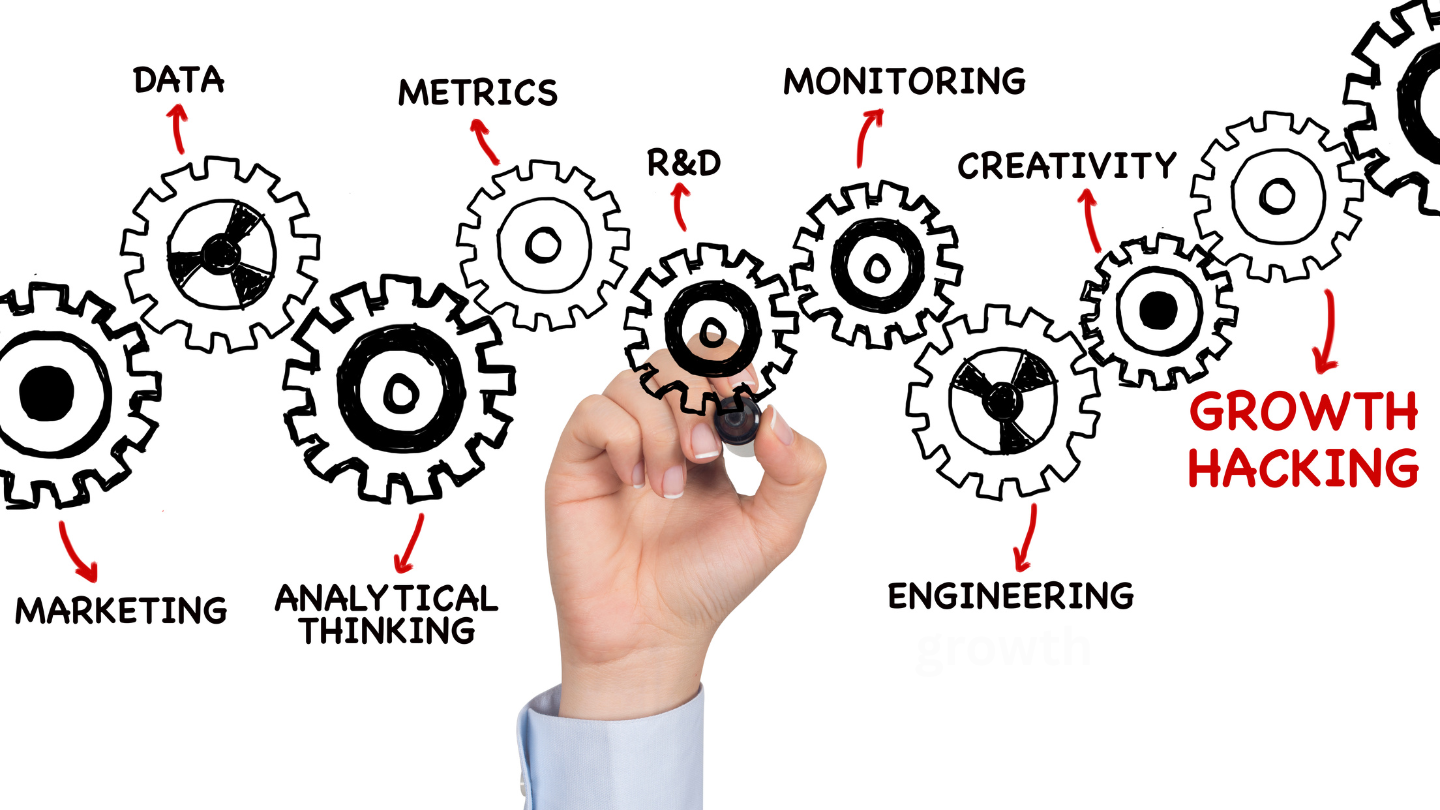
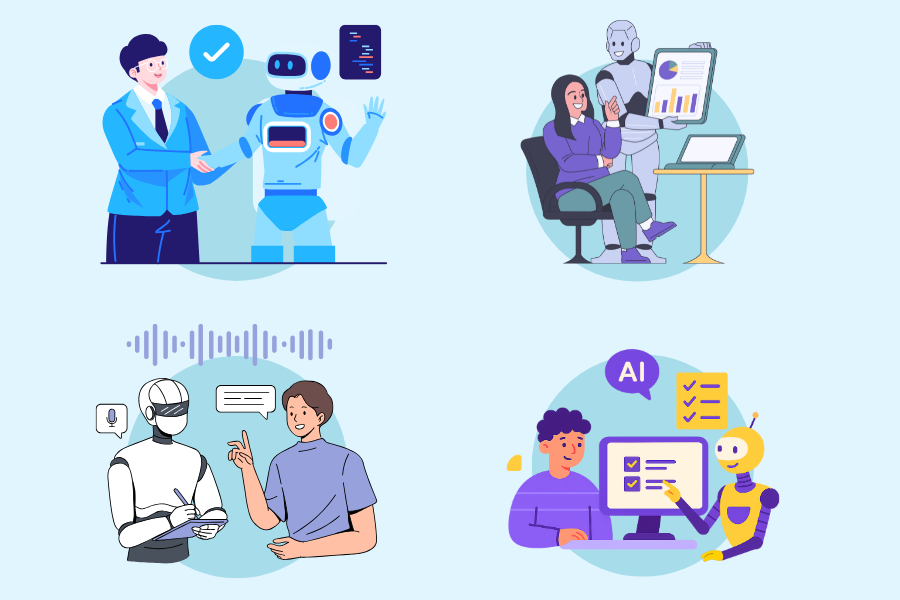

Comments(0)
Leave a Reply
Your email address will not be published. Required fields are marked *